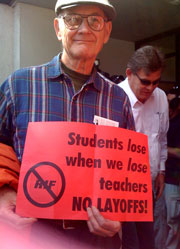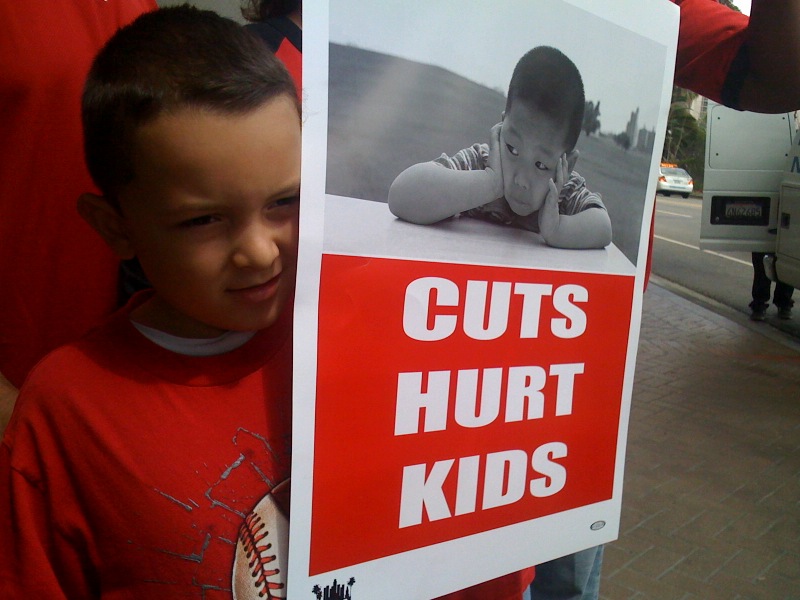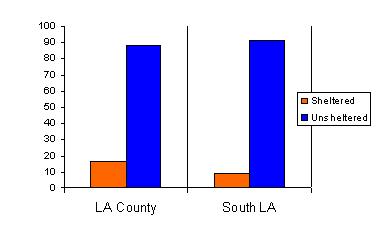Skate park developers plan large skate park next to Watts Towers from 89.3 KPCC on Vimeo.
Some residents question whether a proposed $350,000 skate park billed as a way to help keep kids out of gangs is the best use for a vacant lot that sits in the shadow of the historic Watts Towers. Professional skateboarders and skate park developers are working with Los Angeles City Councilwoman Janice Hahn’s office to build a large skate park. It’s a project that has a big fundraising campaign behind it; the Tony Hawk Foundation has already raised $80,000 to get the project off the ground.
But some Watts residents envision an outdoor green space, not a skate park.
“It’s not best use for that site,” said Janine Watkins, who owns a house next to the vacant lot and is also part of the Watts Towers Task Force, which helps conserve the towers and the area around it. “We already have so much concrete in Watts and they want to come and put more in.”

Courtesy California Skate Parks
Professional skateboarders and skate park developers are working with Councilwoman Janice Hahn’s office to build a large skate park in a vacant lot next to the Watts Towers. But supporters of the planned skate park believe the project could go a long way toward helping turn around a community with a history of violence.
“A park like this could have saved a lot of my friends’ lives,” said Terry Kennedy, an L.A.-based skater who grew up in Long Beach. “Because having somewhere to go and kick it, that’s the most important thing coming up in the inner city. If those kids don’t have something to grab their attention, then it’s on the streets.”
California Skateparks, out of Upland, envision an “artistic skateable environment” with mosaics, around three rings that mimic the design of the Watts Towers. Developers envision a place where kids can come to see demos and even participate in art clinics. If approved, it would be the first of its kind in the area.
Mark Hammond, a 21-year-old who skates in the area, thinks this would be a healthy activity.
“Skaters stay away from crime,” Hammond said. “It gives them an alternative to gang-banging.”
The Tony Hawk Foundation, an organization started by professional skater Tony Hawk, is trying to spread that message by helping cities build skate parks like the one proposed for Watts. Since the fall, Hawk’s foundation has raised $80,000 for the project. The Watts Tower skate park was the main recipient of its annual pledge drive, and Hawk also raised money through online campaigns.
There’s a lot of star power and heft behind the project. Supporters hope to raise the rest of the money for the project through outreach efforts from sports agent Circe Wallace, who also worked with Hahn’s office to build a similar skate park in San Pedro. Wallace represents pro skateboarders such as Kennedy and is approaching corporate sponsors and private donors.
But some residents don’t want a skate park near their homes. They want a conventional park.
“A lot of people in our neighborhood don’t have space to even put up a swing set on their yard,” said Jamika Graham, who lives a few blocks from the Watts Towers with her two children. “That space would be perfect for a regular park for everyone to use.”
The area around the Watts Towers is already a popular destination among local children and skateboarders.
Douglos Cisneros has worked as a security guard at the Watts Towers for six years. He says the neighborhood around the towers has gotten safer over the past five years. His biggest security threat, he says, is keeping the kids who do hang out there out of trouble.
“When the schools are on vacation there will be 20 or 25 kids hanging around, jumping on the fences,” Cisneros said. “I have to yell at them ‘Please get off. Please don’t do that.’”
Miki Vuckovich, executive director of the Tony Hawk Foundation, believes the spot which does see a lot of foot traffic, would be a perfect location for a skate park.
“Skate parks needs to be built somewhere out in the open,” Vuckovich said.
Janine Watkins says the neighbors who oppose the project are supportive of skate parks, just not next to the Watts Towers. She is working with her neighbors to convince the developers to build the park at the Jordan Downs housing project, located near David Starr Jordan High School.
“That’s not going to happen,” Wallace said. “The reality is that lot has been sitting vacant for 20 years. … What we want is a mixed use facility – grassy green zone, community areas, an environment that makes everyone feel engaged and doesn’t alienate anyone.”
Officials plan to hold community meetings about the proposal in the coming months.
“We don’t want to force anything upon the Watts neighborhood,” Wallace said.
————-
This story is part of a collaboration between KPCC.org and Intersections: The South Los Angeles Report, a hyperlocal project from the USC Annenberg School for Communication & Journalism.











.jpg)
.jpg)



 The US Department of Housing and Urban Development gave the greater Los Angeles area $73 million in grants to help the homeless, but it won’t be enough to solve the crisis. Homeless service organizations are reporting an increase in homeless families, and are struggling to make do with limited resources. Parts of this story were featured on
The US Department of Housing and Urban Development gave the greater Los Angeles area $73 million in grants to help the homeless, but it won’t be enough to solve the crisis. Homeless service organizations are reporting an increase in homeless families, and are struggling to make do with limited resources. Parts of this story were featured on .jpg)
.jpg)







